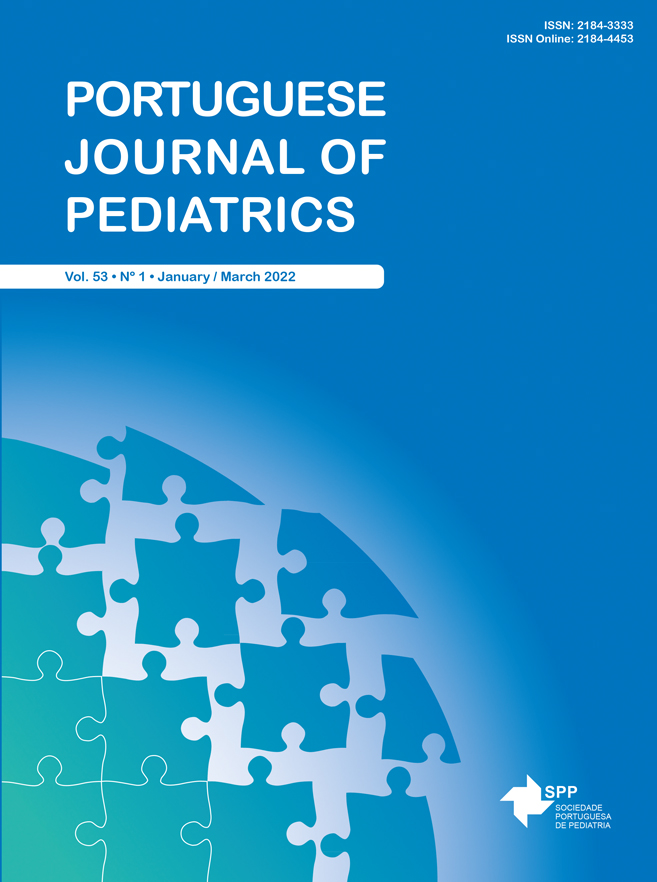Clinical, Molecular Characterization and Long-Term Follow-Up of a Patient with Neonatal Severe Hyperparathyroidism
DOI:
https://doi.org/10.25754/pjp.2022.24480Abstract
Heterozygous inactivating mutations of the calcium-sensing receptor encoding gene (CASR) cause autosomal dominant familial hypocalciuric hypercalcemia (FHH), whereas mutations that inactivate both alleles cause neonatal severe hyperparathyroidism (NSHPT), a rare and potentially fatal disease. We present the clinical and genetic characterization of a Portuguese family with FHH/NSHPT as well as the long-term follow-up of the proband.
Newborn admitted due to progressive hypotonia, feeding refusal, and dehydration. Serum calcium and PTH levels were markedly increased. Radiological evaluation revealed osteopenia and several fractures. Total parathyroidectomy with reimplantation of ¼ of one gland was performed. At 15-year-old she is clinically well, has normal calcium levels and detectable parathormone values, under calcium and α-calcidiol treatment. CASR gene sequencing revealed a germline homozygous nonsense mutation. The proband’s parents and grandfathers were asymptomatic, heterozygous carriers of the same mutation.
Downloads
Downloads
Published
Issue
Section
License

This work is licensed under a Creative Commons Attribution-NonCommercial-NoDerivatives 4.0 International License.









